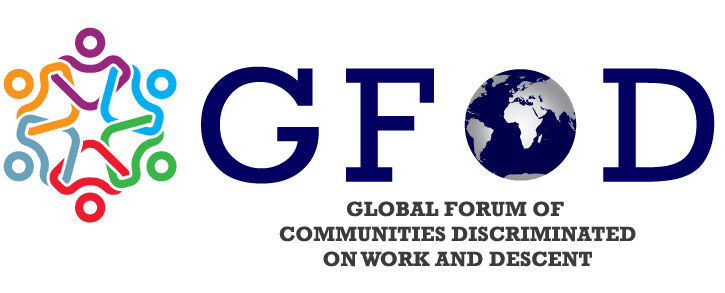Understanding the many faces of poverty
Understanding the many faces of poverty
Discrimination based on work and descent (DWD) is the UN terminology used in international contexts to describe the systemic marginalization experienced by certain communities, like Roma in Europe, Dalits in Asia, Burakumin in Japan, Haratin in Africa, and Quilombola in Brazil, due to their caste or similar inherited forms of social status, often linked to stigmatized ancestral occupations or exploitative forms of labour. Spanning continents and cultures, these communities are among the most marginalized and excluded in terms of political, social, and economic development. DWD affects more than 270 million people worldwide. Communities discriminated on work and descent (CDWD) is the umbrella term to describe these communities. They endure stigmatization associated with “impurity,” uncleanness, or pollution,” resulting in segregation, endogamy, limited access to public services and infrastructure, harassment and violence, including sexual violence against women and girls, and the risk of slavery or bonded labour.
Women from CDWD are the most vulnerable groups in terms of social, economic, and political development. They experience intersectional discrimination and oppression because of overlapping social constructs of ability, age, work, caste, class, and gender.
CDWD women and girls face heightened marginalization due to cross-cutting, intersectional discrimination as a consequence of their CDWD identity and their gender. Often, it has been witnessed that the socio-economic marginalisation of CDWD women has led to extreme poverty, forcing them to engage in waste collection, sex work, and begging. Women from CDWD are often pushed into the vicious cycle of sexual slavery. Limited access to education, employment opportunities, and financial resources can push them into precarious economic situations. The economic vulnerability further increases the likelihood of exploitation. Discriminated backgrounds often result in limited social support networks for women, leaving them more isolated and vulnerable to exploitation.
CDWD women and girls face systemic discrimination that prevents them from accessing services and institutional protection in cases of targeted violence. Patterns of violence and discrimination against women and girls across the CDWD are similar and were examined vis-à-vis states' obligations to comply with anti-discrimination and anti-violence frameworks, such as national legislations, and the Convention on the Elimination of All Forms of Discrimination Against Women (CEDAW), among others.


